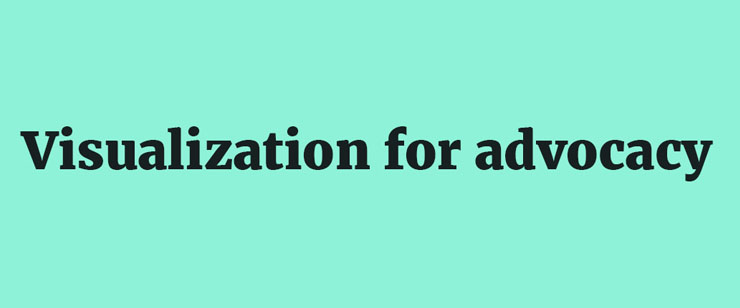The 2015/2016 edition of DensityDesign final synthesis studio focuses on learning to observe and represent controversial phenomena by identifying, tracing, collecting, organizing and visualizing fragments of the dialogs and debates that are feeding them.
Four discussion topics have been analyzed in depth, all particularly present in the current public debate and far from a stable state, to be observed, mapped and communicated. The selected topics are: the migration fluxes in the Mediterranean sea, particularly towards Europe; the sharing economy, together with the new role of the individual and the relative impact on traditional economic and social models; open access and the revolution around author rights, copyright, the concept of common good; the debates around nutrition, on knowledge and (sometimes false) myths guiding our everyday choices.
In the practice of disciplines such as sociology, traditionally studying debates and relative controversies, Communication Design competences became key. Its ability of seeing and show, building tools and devices for accessing and understanding of an increasingly complex amount of data and information is more and more assuming a pivotal role.
It is not anymore only about visualizing the results of a research conducted by others in oder to improve its communication: Design is becoming an active part of the analysis and social research process, adding also the possibility to move from understanding to action. This contribution of Communication Design is even more important as the research object is complex: multiple actors, multiple different relationships, multiple ways to express one’s position.
Within the final synthesis studio converge competences and tools developed into the DensityDesign research lab. The students are asked to use visualization both as a tool to analyze and understand the observed phenomena, and as a communication and narration device as well as for sharing knowledge, methods and results.
Educational goals
At the end of the course the students will gain knowledge of:
- the disciplines related to data visualization, information visualization information design and of the role of communication design;
- the historical evolution of these disciplines, their convergence dynamics, and application fields
- the use of visual variables and application of communication design to data and information visualization
- tools for data manipulation (Excel, OpenRefine) and for creation of visual patterns (RAW, Gephi)
- data harvesting/ scraping tools (kimonolabs.com, import.io) and data retrieval with APIs
- basic notions of statistics and data analysis software (R)
- rhetoric figures (particularly the ones based on analogy and metaphor)
Course structure
The course is constituted by three main phases of team work, plus two personal assignments.
In each phase the students will tackle the different problems related to information visualization. The first phase is dedicated to choosing the data sources and a consistent narrative. The second phase focuses on data from unstructured sources, while in the third one visualization is used to support a specific point of view.
Each phase has a different output, giving the students the possibility to design visualizations for different types of public.
The selected topics, taken on each time from a different perspective are: the role of designer as author, the data manipulation level and its relative implications, the rhetorical value of data visualizations.
Results







